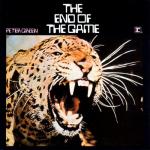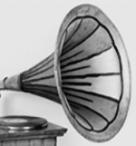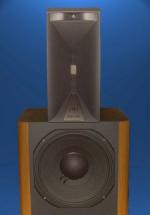G.T. used 9V because it was convenient. JBL never delved into various voltages. G.T. said Ed Meitner also uses diodes which he thinks could be cool since one would then never have to change the battery.G.T. said Japan asked for that after a special K2-S9800 was done that way for a certain famous reviewer.
Well, have fun then!
I don't know, we just do the whole network and worry about other things.
That's one limitation DIY folks don't have, they can worry about everything and try whatever they want.






 Reply With Quote
Reply With Quote






